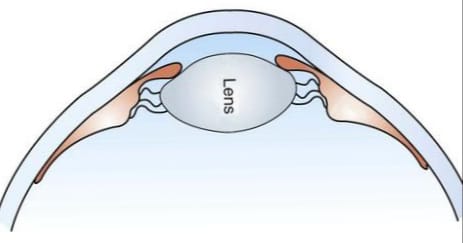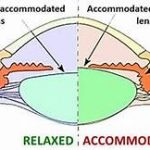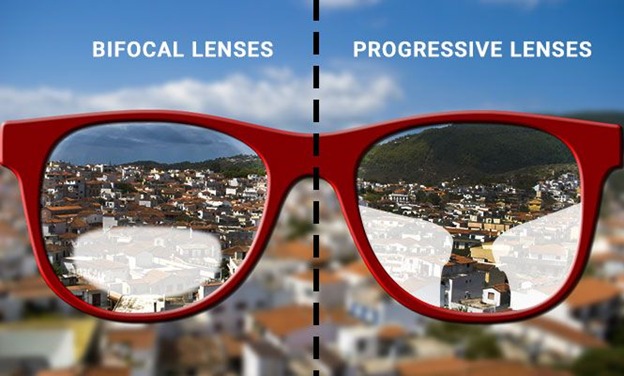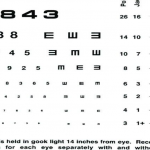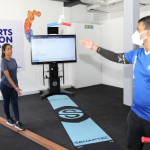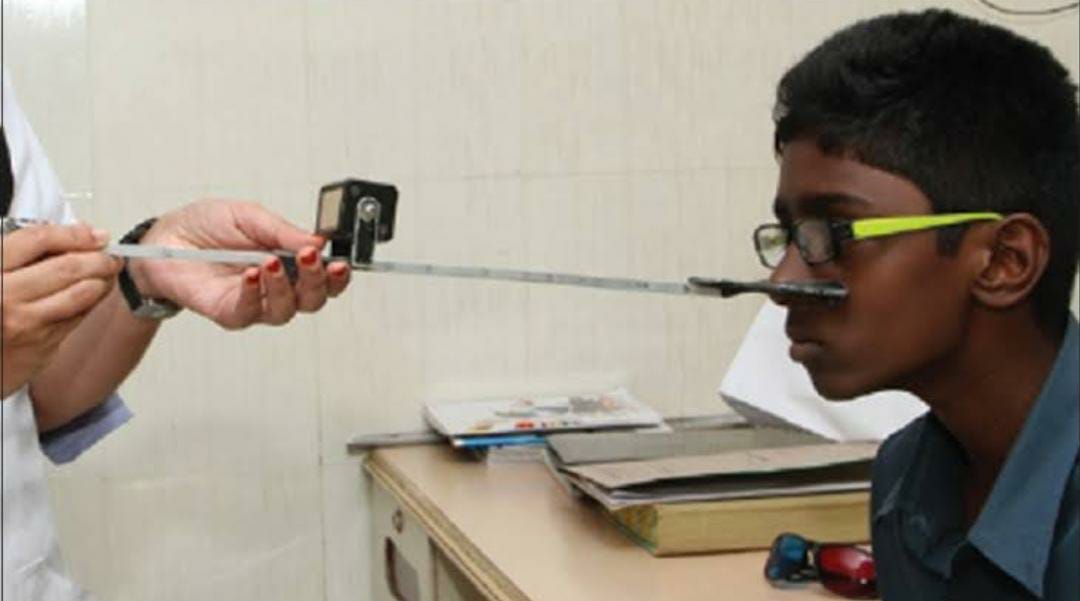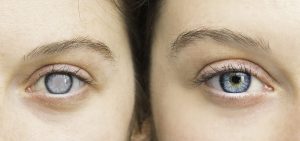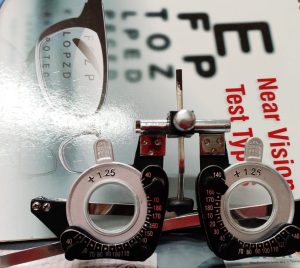The human eye’s ability to see objects clearly at different distances is called accommodation, and it is important for sharp vision. During accommodation, the lens becomes thicker, but there is a limit to this ability, which depends on age. After a certain distance (close to the eyes), objects start to blur. Why does this happen?
Let’s go in to the depth.
To know this, we should know about the Amplitude of accommodation.
So, what is Amplitude of Accommodation (AA)?
Amplitude of accommodation can be defined as the maximum dioptric change that the eye's lens can undergo to focus from infinity (far distance) to a near point. It represents the eye's focusing power, measured in diopters (D). The dioptric measurement corresponds to the reciprocal of the distance between the eye and the point of focus. The greater the AA, the closer the eye can focus on near objects, and vice versa.
The measurement of amplitude can be done through various clinical methods such as
push-up method, where a target is moved closer to the patient until it blurs.
minus-lens method, which uses negative lenses to stimulate accommodation by altering the perceived focus of objects.
Factors Affecting Amplitude of Accommodation
1. Age: Age is the most significant factor influencing AA. As we age, the lens in our eye becomes less flexible and can't change shape as easily. This makes it harder to focus on things up close, a condition called presbyopia. The amplitude of accommodation is highest in childhood (around 13.5 D at age 10) and progressively reduces, reaching nearly zero by the age of 50 to 55 years.
2. Refractive Errors: Uncorrected myopia or hyperopia can affect the perceived amplitude of accommodation. For example, uncorrected myopes might appear to have a higher AA, as they can focus on nearby objects without needing much accommodation.
3. Diseases and Health Conditions: Certain systemic diseases like diabetes, multiple sclerosis, or conditions like Adie's tonic pupil, can reduce accommodative amplitude. Trauma to the cranio-cervical region or medications such as antihistamines may also impair accommodation.
4. Environmental Factors: Reduced lighting or poor testing techniques can lead to inaccurate measurements of
accommodation. Prolonged near work, like reading or using screens, may cause fatigue, which can temporarily reduce AA.
Clinical Importance of Amplitude of Accommodation
The clinical significance of AA lies in diagnosing and managing conditions such as accommodative insufficiency, excess, and presbyopia. Patients with accommodative insufficiency often experience difficulty maintaining focus during near tasks, resulting in symptoms like eye strain, headaches, and blurred vision Presbyopia, the age-related loss of accommodative amplitude, is one of the most common conditions associated with AA decline. Individuals may struggle with reading or seeing near objects clearly without corrective lenses by their early 40s
Management options for Reduced Accommodation
For individuals with reduced amplitude of accommodation, such as those with presbyopia or accommodative insufficiency, several correction methods are available:
1. Reading Glasses: The simplest correction for presbyopia is the use of reading glasses. These provide additional focusing power for near tasks, reducing the strain on the eyes.
2. Bifocals and Progressive Lenses: Bifocals offer two distinct lens powers: one for distance and one for near. Progressive lenses have a smooth change in lens strength, allowing you to see clearly at all distances—far, near, and in between—without noticeable lines on the glasses.
3. Contact Lenses: For presbyopes, contact lenses like monovision lenses or multifocal lenses can offer a balanced solution. Monovision corrects one eye for near and the other for distance, while multifocal lenses have different lens powers for different distances.
4. Surgical Options: Some patients opt for refractive surgery such as corneal inlays or lens implants to restore near vision.
5. Accommodative Training: In cases of accommodative insufficiency, exercises that train the ciliary muscles can sometimes improve focusing ability. These exercises involve repetitive near-far focusing activities, stimulating accommodation and strengthening the eye muscles.
Conclusion
Understanding the amplitude of accommodation is essential not just for optometry professionals but for anyone concerned about their vision. The decline of AA is an inevitable aspect of aging, but it can be managed effectively with corrective lenses or surgical interventions. If you are experiencing difficulty focusing on near objects, it may be time to have your amplitude of accommodation tested by an eye care professional. Early diagnosis and correction can prevent eye strain and improve the quality of life for those affected by presbyopia or other accommodative disorders.

